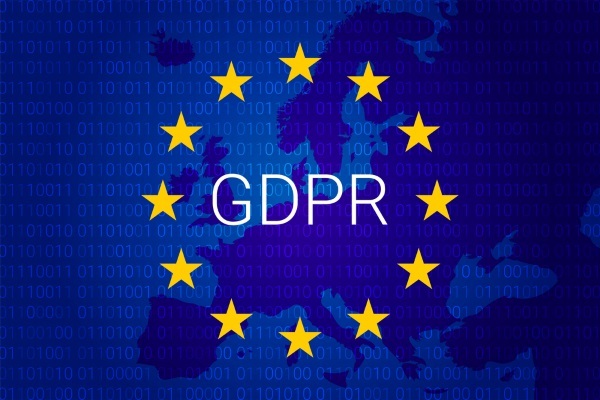There is an increasing number of fraudulent activities that are performed online, and one of the things that the cyberpolice are doing is to perform surveillance to the suspected individuals and tracing their information through WHOIS, a database that was created by ICANN to reveal the real identity of someone who registered a website. Those who have applied for a generic top-level domain can also be revealed through the use of the database from ICANN. The information is available to individuals, as well as professionals who are trying to search for any details that could give them a lead to the identity of a website registrant.
The database from ICANN is also used as a means to discover the identity of an intruder who is trying to break into a system. Their personal information can be revealed by the database, and they can be easily caught with the database in place. Those who are involved in copyright infringement and other illegal online activities can also be revealed thanks to the database.
WHOIS database has been updated several times, but one of the most significant implementations of updates took place in April 2017. The database started to facilitate how it would track down the intruders, and with the European GDPR in place, it becomes too difficult to search for their identities. The WHOIS database download is becoming a norm for those who wanted to try the recent updates and see if it will also work for them.
The European GDPR is currently in effect all over the continent. It also covers European businesses which are operating overseas. ICANN, the company behind the creation of the WHOIS database, is now working with their European counterparts to see how it can affect their business. They revealed that with the European GDPR in place, it would be difficult to capture the intruders. The European GDPR protects everyone on the internet, and since their implementation in 2016, it becomes too difficult to find the intruders.

With the implementation of the European GDPR, the database from ICANN started to face one of the most challenging conflicts in its history. The European GDPR also created a set of rules that would affect all businesses under its jurisdiction. For businesses which are operating overseas but are under the jurisdiction of the European GDPR, they would have the freedom to hide their information from the public. For example, a registrant’s name will no longer be available to the public, but it can still be accessed by organizations. The complete address of a registrant will not be displayed as well – instead, only the state, province or country will be shown. An anonymous email will also be in place for the real email address of the registrant.
With the implementation of the European GDPR, people who rely on the WHOIS database download would have difficulty in finding out the real identity of intruders. The two organizations behind the European GDPR and the WHOIS database should work together on how to resolve the issue with the intruders without sacrificing the privacy of others.



